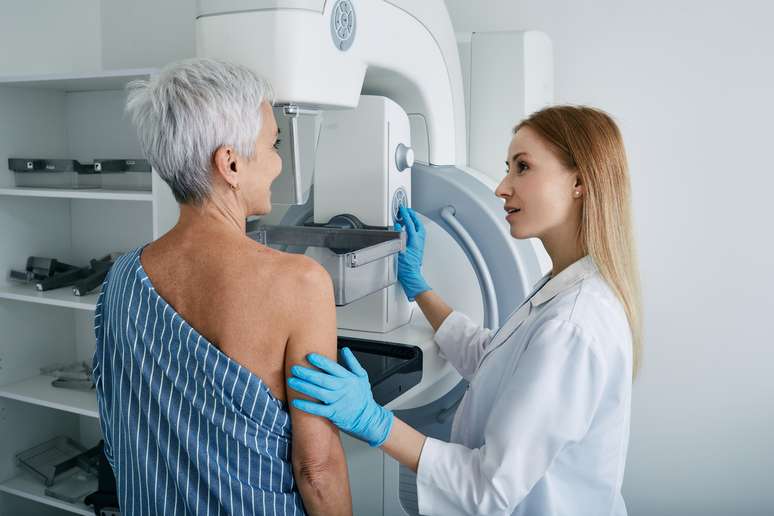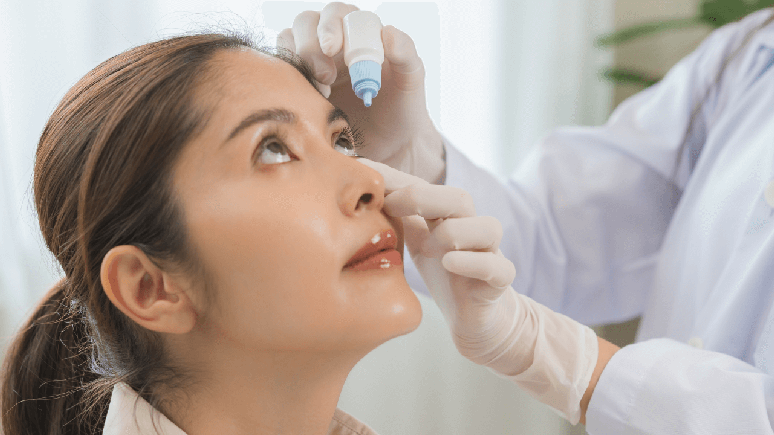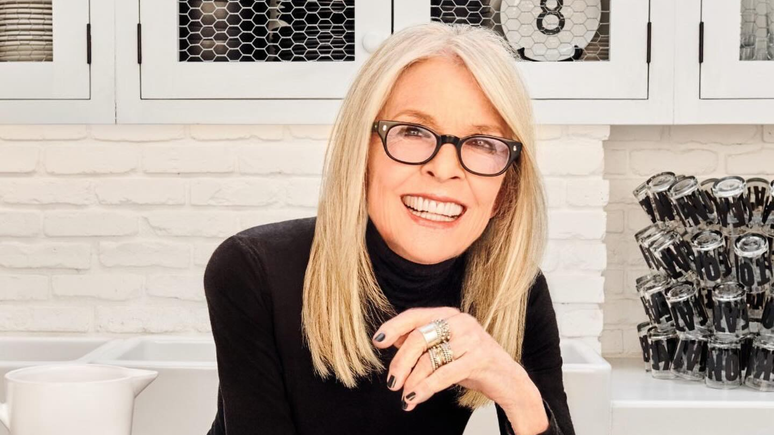Evidence has shown that using age as an isolated factor in determining the best health choices can lead to poor decisions.
html[data-range=”xlarge”] figure image img.img-63eef0ee55bd4b4140ddfff47fd06b85qgan3ql2 { width: 774px; height: 516px; }HTML[data-range=”large”] figure image img.img-63eef0ee55bd4b4140ddfff47fd06b85qgan3ql2 { width: 548px; height: 365px; }HTML[data-range=”small”] figure image img.img-63eef0ee55bd4b4140ddfff47fd06b85qgan3ql2, html[data-range=”medium”] figure image img.img-63eef0ee55bd4b4140ddfff47fd06b85qgan3ql2 { width: 564px; height: 376px; }HTML[data-range=”small”] .article__image-embed, html[data-range=”medium”] .article__image-embed { width: 564px; margin: auto 0 30px; }
Do you usually do tests and checkups? Are lab tests, mammograms and colonoscopy part of your routine? What should drive this periodicity? Until when these checks? Could it be that with the increase in life expectancy of the population all these assessments are really necessary for everyone?
A recent article in the New York Times discusses this issue. Data from the US Preventive Services Task Force, a leading group of North American specialists in disease prevention and evidence-based medicine, suggest, for example, that mammography may have little benefit after age 75 and that colonoscopy among 76 and the age of 85 also has few advantages and should only be reserved for certain patients. But what if I live 100 years? Can I also abandon these exams?
In this increasingly long life scenario, factors such as the age of the parents, the presence or absence of certain health conditions, regular physical activity, healthy eating, smoking, among others.
genetics and lifestyle
Quality of life and genetics can influence life expectancy and define what types of tests can be helpful, unnecessary, or even harmful. These issues also influence other health decisions for older people, such as the use of medications, drug regimens, surgery, and other treatments. In this sense, it is not only age that should be taken into consideration, but also other factors that can have an impact on health.
Many experts argue that life expectancy data provides more complete information, which can lead to more accurate clinical decisions. Therefore, medical societies have revised their recommendations in a number of diseases for older people: lung cancer test, prostate cancer assessment, breast cancer control from 55 years old, among others.
But although it is a better figure than age, the life expectancy of a population is only an estimate, a statistical average, which does not reveal how long each individual will live.
The longevity of each
There is important variation in longevity among individuals in the same population, which is influenced by genetics, prior health conditions, lifestyle, access to health care services, socioeconomic differences, educational attainment, among countless others possibility.
Thus, in the same way that doctors and healthcare professionals use tools to assess risks and estimate which decisions best fit each individual’s reality, people themselves today have online tools that help in this assessment.
A Know your possibilitiesa calculator adopted by the US government’s National Cancer Institute website takes into account gender, age, race and cigarette use to estimate cancer risks over the next 20 years.
There are now several of these calculators online to estimate your risks for heart disease, breast cancer, lung cancer, among other conditions. But many of them can only assess specific risks and not involve a more global risk.
Perhaps one of the most complete is the ePrognosis, from the University of California at San Francisco, which uses more than 12 geriatric scales to estimate mortality and disability risks. This platform also features the “time to benefit” feature, which shows which exams and conducts may be important for that moment in life.
Estimates and decisions
Having access to this type of information can help people adopt healthier habits and not feel pressured to carry out tests, examinations and treatments that may not be necessary or even harmful to their health.
At the other extreme, the tables and data may show that people with a long life expectancy and quality of life may ultimately benefit from a type of exam that is perhaps no longer recommended for their age.
Of course, at best, doctors and patients should discuss, based on this information, what is best for each individual, and remember that the decision to perform tests and treatments should be based on the clinical history, the reality of each patient and in your desire. Life expectancy should be a guide, not a limit or definer of what should be done. And you? How did you make these choices?
*Jairo Bouer is a psychiatrist, communicator and publishes his columns on Terra Você on Fridays.
Source: Terra
Ben Stock is a lifestyle journalist and author at Gossipify. He writes about topics such as health, wellness, travel, food and home decor. He provides practical advice and inspiration to improve well-being, keeps readers up to date with latest lifestyle news and trends, known for his engaging writing style, in-depth analysis and unique perspectives.







![Un Si Grand Soleil preview: Thursday 16 October 2025 episode recap [SPOILERS] Un Si Grand Soleil preview: Thursday 16 October 2025 episode recap [SPOILERS]](https://fr.web.img6.acsta.net/img/23/e8/23e803cee5b560481303033f6e86fd7e.jpg)
